The History of the Doomed Franklin Expedition
The oceans can be unforgiving places, and at times, Mother Nature’s true power has been too much for even the greatest captains to handle.
Two vessels who felt this power firsthand disappeared under the command of explorer Sir John Franklin in the icy waters of the Arctic. But what really happened to the HMS Terror and Erebus?
The Building of HMS Terror
In June 1813, the HMS Terror, built as a bomb vessel in Devon, England, set off on its maiden voyage and participated in several battles against the United States.
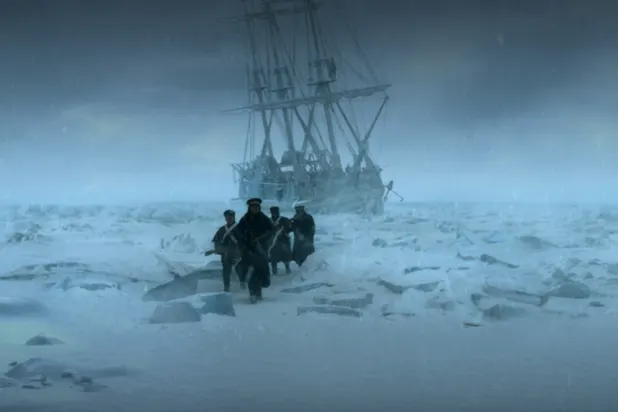
Source: AMC Networks
After an honorable career in the military, Terror became an exploration ship and ventured to the Arctic under the command of George Back in 1836.
HMS Erebus Joins the Terror
The HMS Erebus, constructed in 1826 by the Royal Navy in Wales, joined the Terror for an expedition into the perilous waters of the Antarctic from 1841 until 1843.
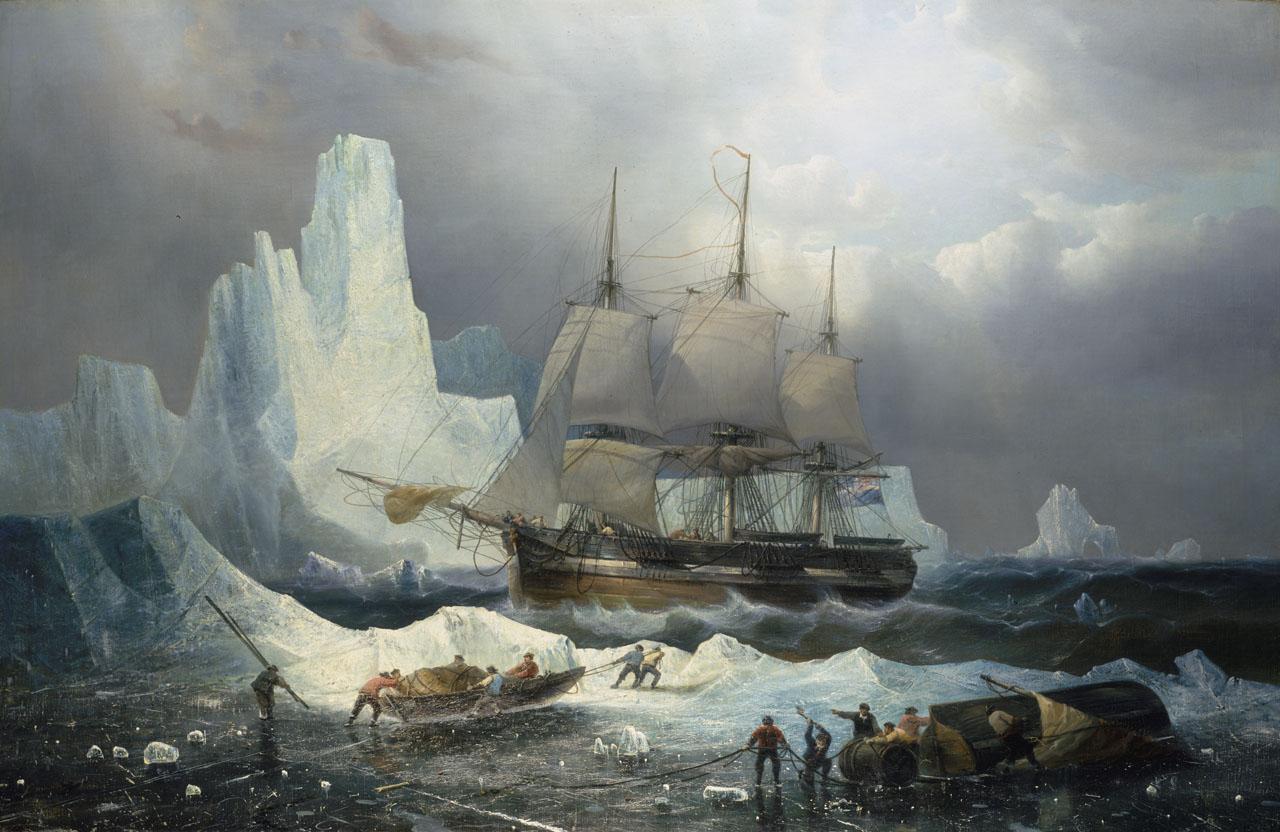
Source: National Maritime Museum
After the lengthy trip, both vessels were refitted and prepared for an extensive scientific expedition under Sir John Franklin’s command. They planned to find the Northwest Passage, an important route between the Atlantic and Pacific oceans.
The Ships Set Off for Northern Canada
Under Franklin’s command, the HMS Erebus and HMS Terror set off from Britain and ventured toward Nunavut in northern Canada in May 1845.

Source: Wikimedia
Prior to Franklin’s exploration, recent sailing of the Arctic coastline led many to believe it wouldn’t be long before someone found and charted the final portion of the Northwest Passage.
Sir John Franklin Aims to Make History
Having failed twice before to find and chart the final portion of the Northwest Passage, Franklin was determined to succeed this time.

Source: Wikimedia
The explorer believed his third attempt would finally bring him the glory he sought.
Poorly Equipped for the Freezing Temperatures
The Erebus and Terror were modern vessels for the time, with state-of-the-art heating systems and a large supply of preserved foods. However, they would soon learn they were ill-equipped for the rugged journey.
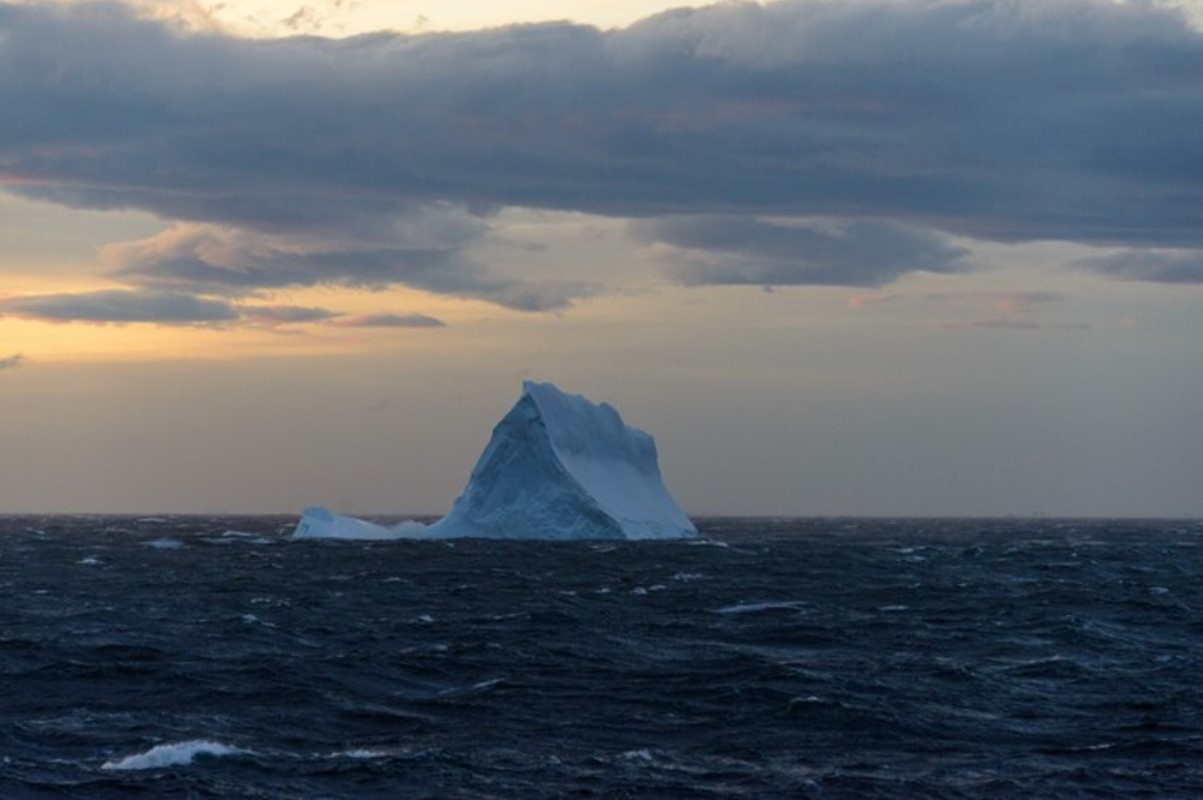
Source: Freepik
In July of the same year, the vessels were spotted by a whaler in Baffin Bay as they waited for ice to clear their path of the Bering Strait.
The Last Time the Vessels Were Seen
The siting in Baffin Bay would be the last recorded time the Erebus and Terror and its 129 crew were seen alive.
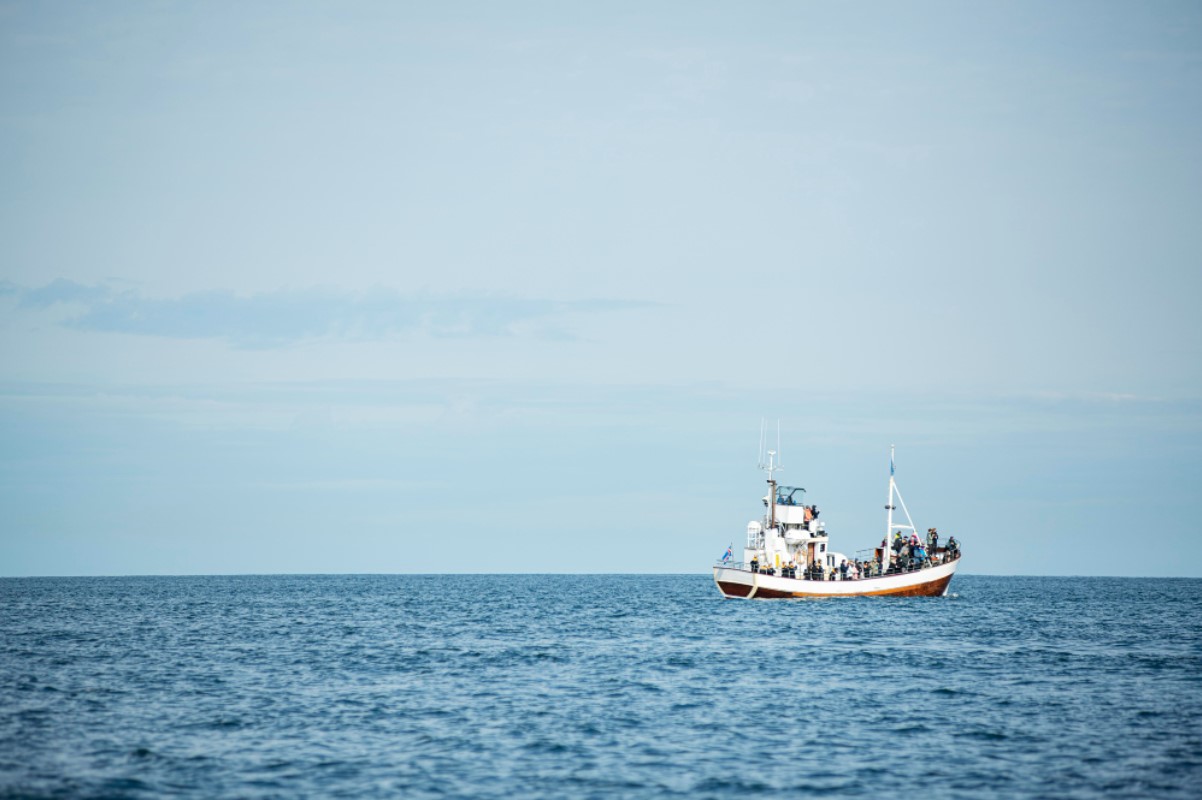
Source: Freepik
The Admiralty sent out a search party after failing to hear from Franklin and his ships for over two years. Yet, the search was without success.
A Mystery to this Day
In the years following their last sighting, 39 search and rescue missions were sent to the Arctic, yet no clues to their disappearance were found.
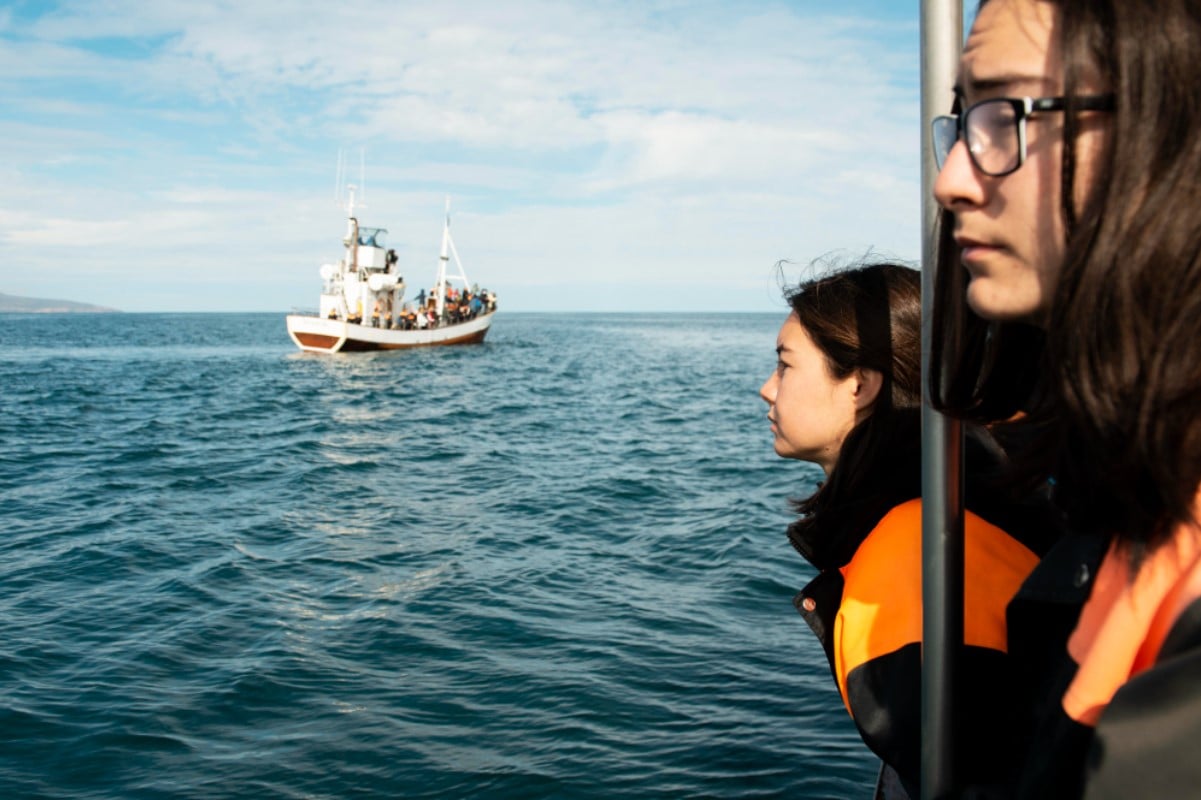
Source: Freepik
Some evidence eventually began to appear, yet the exact circumstances surrounding their disappearance and deaths remain a mystery even now, over a century and a half later.
What Happened to the Ships?
The only piece of evidence that spoke of the mysterious circumstances is known as the Victory Point Note, discovered in 1859.
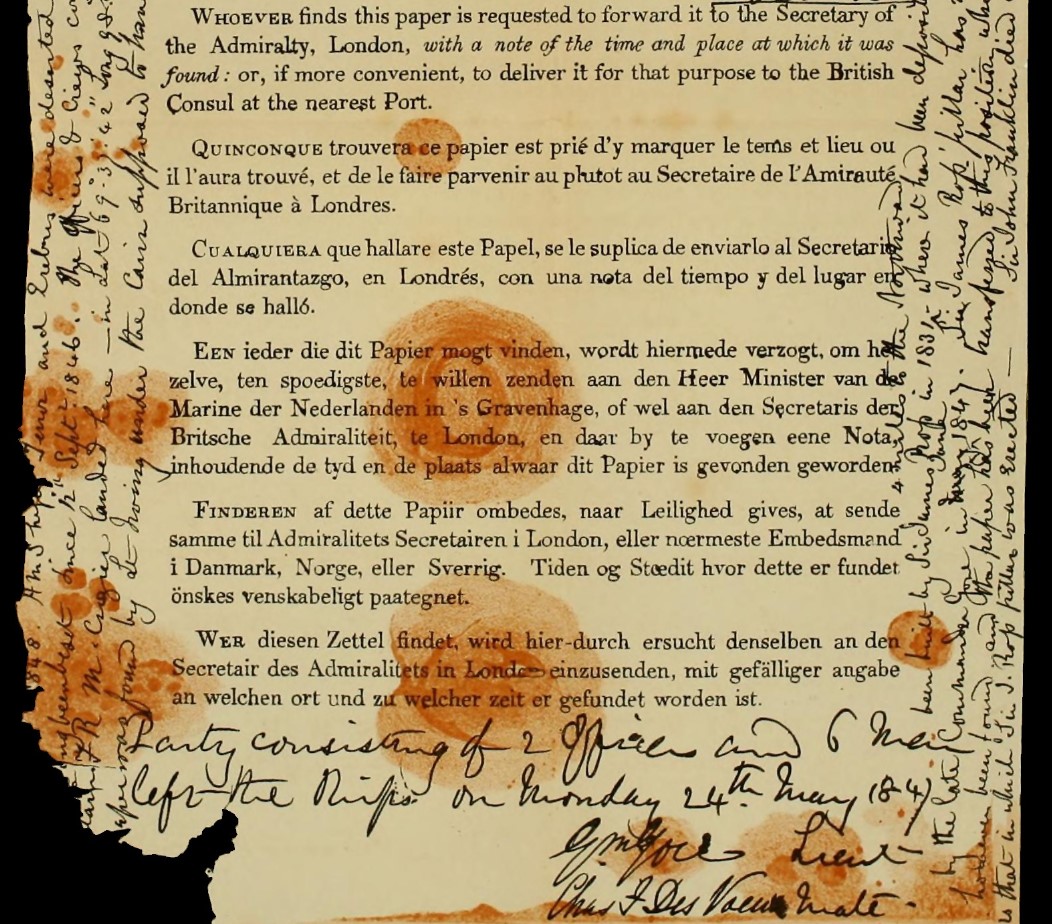
Source: Wikimedia
The note reveals the Erebus and Terror sailed up the Wellington channel and eventually turned south to head for Beechey Island, where they planned to spend the winter of 1846. In the spring, they ventured toward King William Island; however, it’s thought they became trapped in ice.
The Victory Point Note
According to the note, the ships deserted the ship on April 22, 1848. This decision was made after they had been stuck in thick ice for over a year and a half.

Source: Wikimedia
It also mentions that the beloved British explorer, John Franklin, died in June 1847.
The Crew and Officers Abandon the Ships
The note said that the remaining crew, which consisted of 105 people, decided to abandon the ship under Captain F. R. M. Crozier’s command.
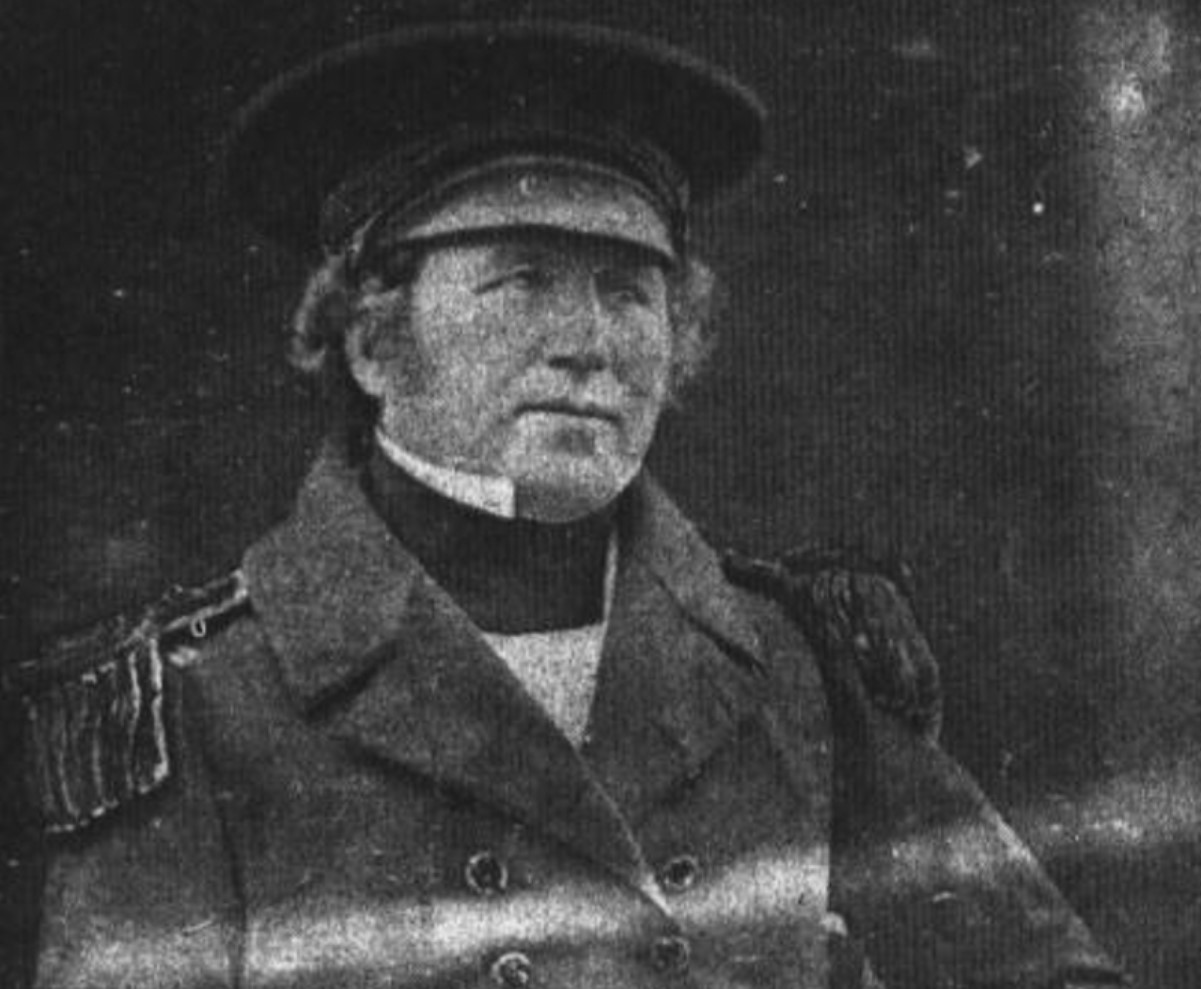
Source: Wikimedia
They planned to try to reach the Back River, known in the 19th century as the Back’s Fish River. However, most of the crew would perish on the horrid march along the western coast of King William Island.
The Wrecks of Erebus and Terror Finally Discovered
Rumors that the survivors had resorted to cannibalism were reported to Dr. John Rae by the Inuit, who claim the crew had perished to the west of the Back River.

Source: Parks Canada’s Underwater Archaeology Team
Over 150 years after they first disappeared, the wrecks of Erebus and Terror were finally discovered (via Royal Museums Greenwich).
